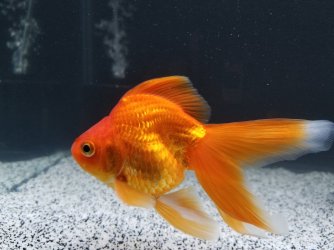Not a mistake, you did exactly the right thing

This way you have a functioning filter, and preserved the beneficial bacteria (BB) from the old filter.
Don't try to keep a level of ammonia in the tank while there are fish in it, you're not cycling from scratch, and ammonia and nitrites burn fish. Anytime there is a reading for ammonia or nitrites, it's already at a level that your BB are not able to process it fast enough, and the fish are being harmed, so it requires an immediate large water change to bring the ammonia and nitrites back to zero. Even if you're getting readings for zero ammonia, there is enough being produced by your fish to keep the BB alive, and for bacterial colonies to continue to grow to handle your tanks bioload.
You essentially have to treat it like it a fish-in cycle. Monitor levels, water change anytime ammonia or nitrites are above zero, or nitrates get above 20ppm. The most important part is to keep the fish safe from these toxic substances, and the cycling will follow.
You won't damage the BB by syphoning the substrate, or water changing. They attach to hard surfaces, they're living in the filter, on the substrate, the tank walls, plants, decor etc, and they form a protective membrane around them, so a normal substrate clean isn't removing too many of them. But it is removing poop, any uneaten food, dead plant leaves etc, all of those things are producing ammonia and can harm the fish while your BB colonies grow back to their previous levels.
You're doing well, hang in there
 @Colin_T
@Colin_T knows his stuff, if you can get photos of the fish when you can, he'll be able to tell you what's going on and what you can do, I'm sure of it.




:strip_icc()/Fish-tank-filter-GettyImages-699160159-58ac7a245f9b58a3c93c5890.jpg)